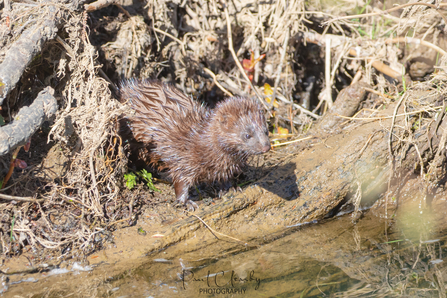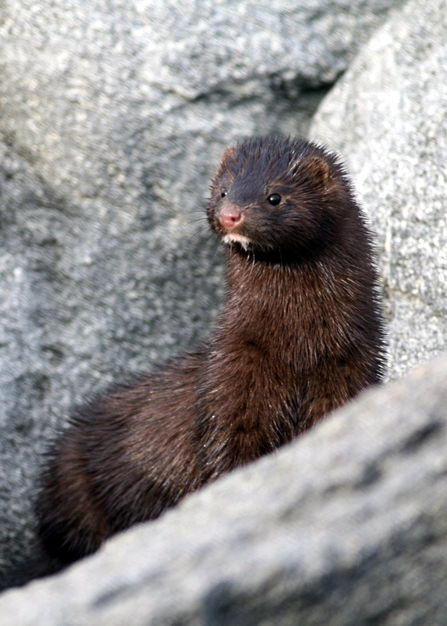If you have ever found yourself thinking, 'there really ought to be a week to raise awareness about invasive species', you will be pleased to hear that this week, May 24-30 is in fact 'Invasive Species Week 2021'. If, on the other hand, the thought has never crossed your mind, allow me introduce you to the subject and focus on one invasive species in particular, the American mink (Neovison vison).
Before we delve into what an American mink is, how it got here and the impact they are having on our ecosystems, it’s worth briefly explaining what an invasive species or more specifically an 'invasive non-native' species is. Essentially an invasive species has the ability to spread and cause damage to the environment, the economy, our health or the way we live. Non-native simply means the species was introduced by human actions, rather than arriving on our shores under its own steam. How long a species has been here, has no bearing on its status as native or non-native, all that matters is how it got here. Not all non-natives species should be viewed as bad, only a minority have serious negative impacts on the environment and these are considered as invasive non natives.



